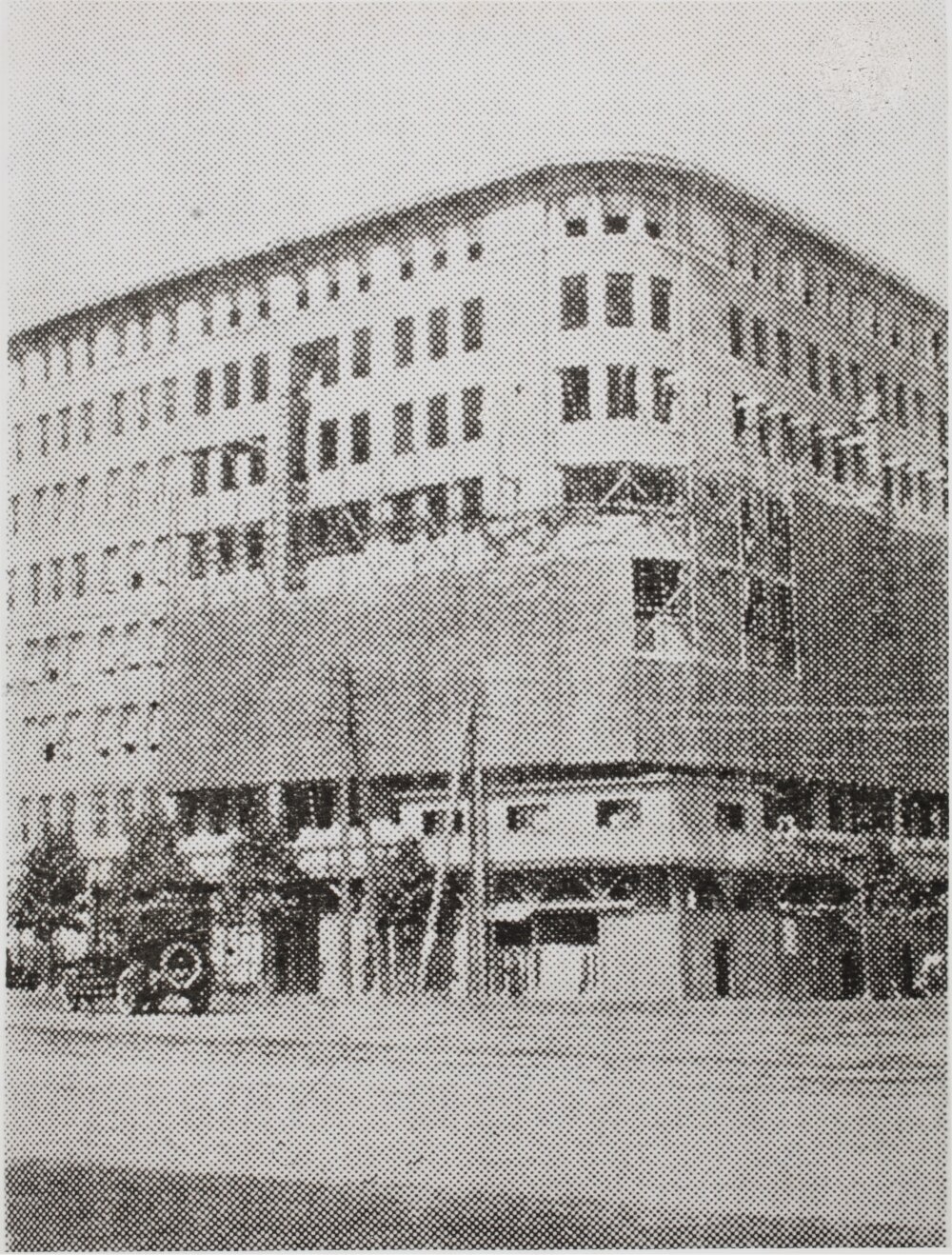Yoshigoro Obayashi’s Decision to Start a Company
The founder of Obayashi Corporation, Yoshigoro Obayashi, was born in Osaka in 1864 at the end of the Edo period (1603-1867). At the age of 11, Yoshigoro began working as an apprentice at a kimono store, opening his own shop at 18. Times were hard, however, and he was forced to close the shop after less than six months. At the age of 19, Yoshigoro decided to go into civil engineering and building construction, a business that he believed had a strong future. At that point, he took up residence and entered into an apprenticeship with Shojiro Sunasaki, a contractor working for the Imperial Household Ministry.
With the relocation of the nation’s capital from Kyoto to Tokyo at the start of the Meiji period (1868-1912), Yoshigoro found work with the Sunasaki family, which was building the Imperial Palace. Through this work, Yoshigoro acquired specialized knowledge and skills about materials and construction practices. These early years marked the start of the origin of Obayashi Corporation’s tradition of careful selection of materials and meticulous construction.
Upon completing his five-year apprenticeship, Yoshigoro returned to Osaka, where he found a city in the midst of extraordinary changes. Japan was entering the modern era. New companies were being founded in a wide range of industries, from railroads to yarn spinning, leather, and ironworking. Offices and factories were being built to house these companies. On January 18, 1892, Yoshigoro was able to use the advanced technologies he had learned in Tokyo to win a contract for a major construction project: the building of a new factory for the Abe Paper Mill. The mill was owned and operated by the Abe family, wealthy merchants from Omi Province (currently part of today’s Shiga Prefecture). Seven days after signing this contract, Yoshigoro opened the Obayashi Store. The date was January 25, 1892. At the age of 27, it was time for Yoshigoro to take a giant step forward.
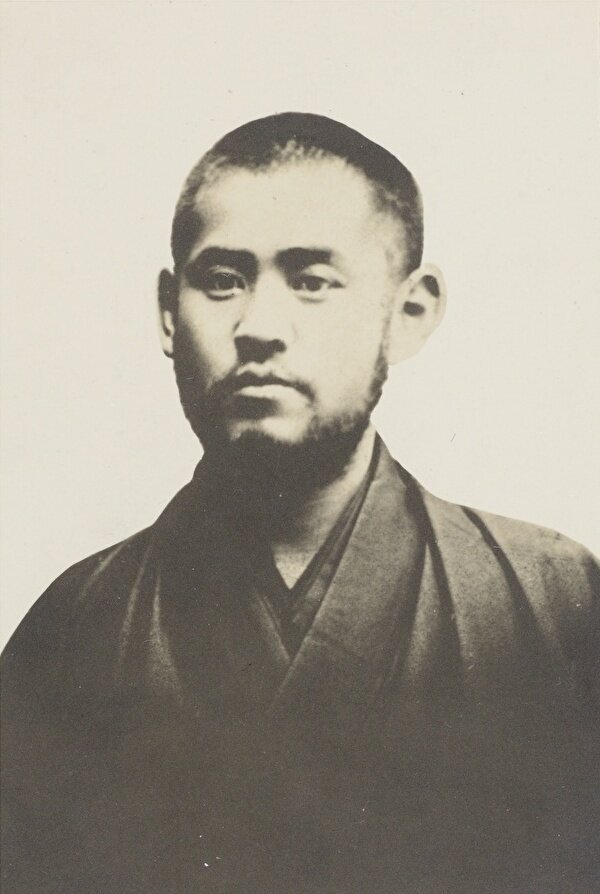
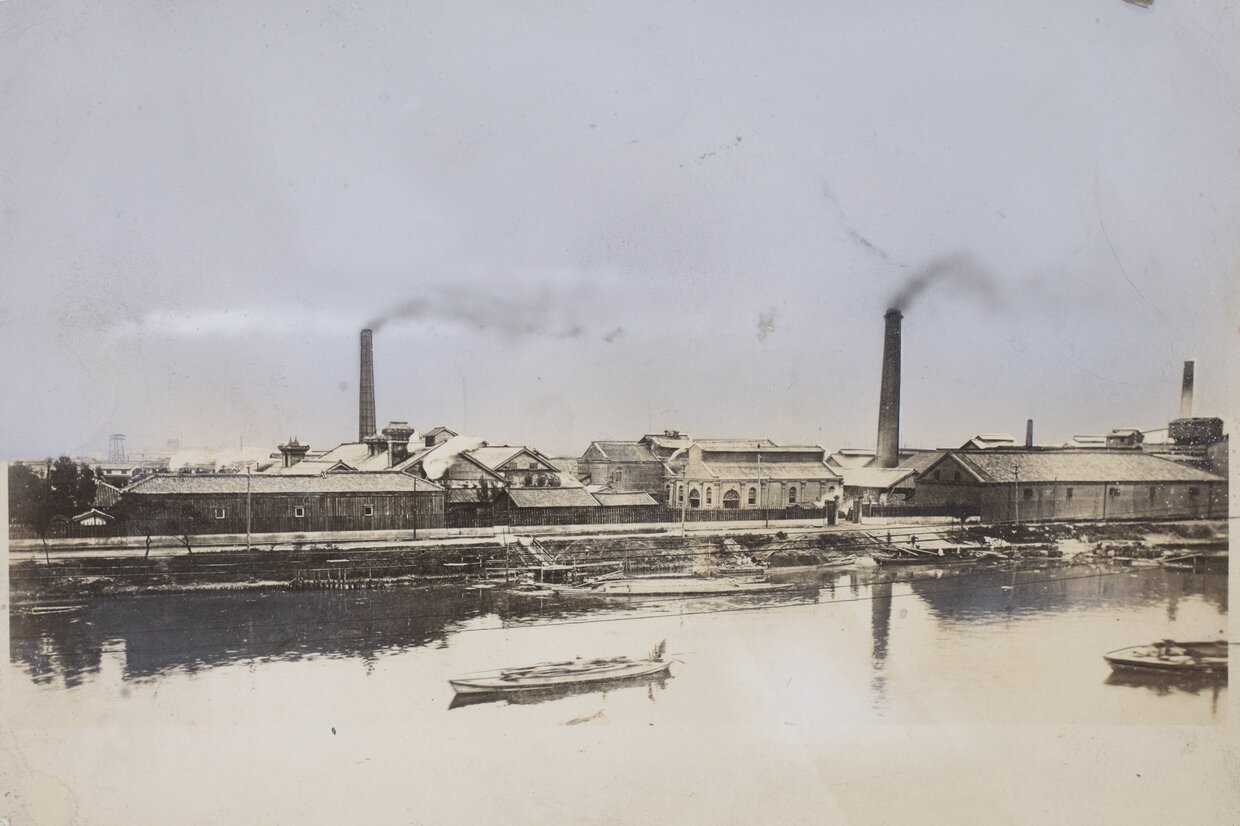
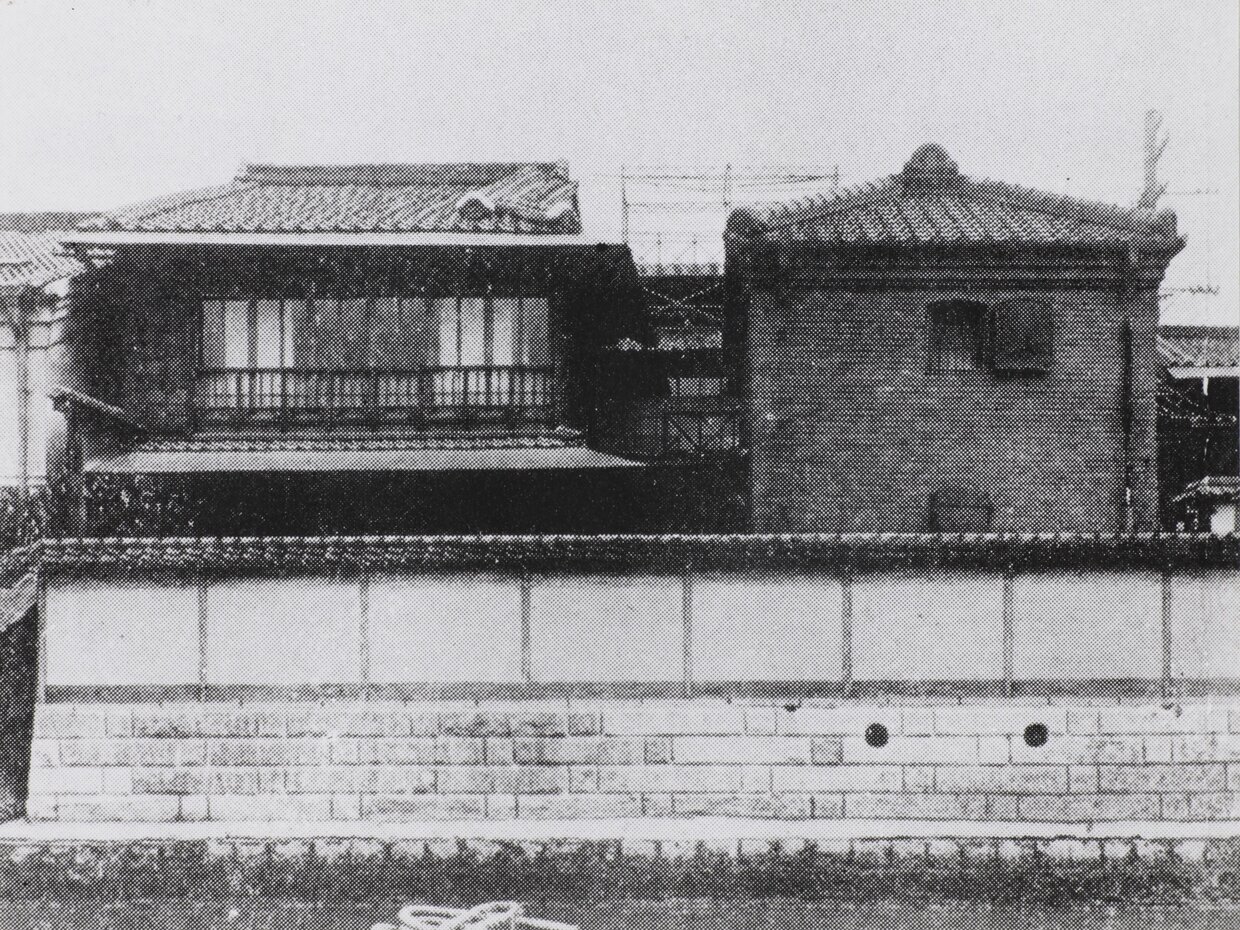
Changing the Name to Obayashi-gumi and Building a Reputation
In 1893, one year after its founding, Obayashi-gumi was hired by Asahi Boseki K.K. (a forerunner of the current Shikibo Ltd.) to build the company’s Imamiya Mill in Osaka. The following year, Obayashi was again commissioned by the Abe family to build its Shikanjima Mill (also in Osaka) for the spinning company Kanakin Seishoku Co., Ltd. (a forerunner of today’s textile giant Toyobo Co., Ltd.).
Toward the end of the nineteenth century, Japan stood at the threshold of becoming a major industrial power. The government expressed the nation’s development goals under the slogans “Enrich the country, strengthen the armed forces” and “Promote industry.” The development of a wide range of industries fed an increasing demand for construction services.
With a solid record of building spinning mills, Obayashi-gumi’s factory construction book of business grew rapidly. At the same time, the company undertook the projects for banks, schools, and other significant buildings, with construction sites from Osaka to Kyoto, Kobe, Hiroshima, Kyushu, and Tokyo. The foundation of the company’s business was thus well established. The very fact that Obayashi-gumi continued to receive orders from the same investor groups demonstrates that the company had developed a strong reputation for dependability among the leaders who were building modern Japan.
In this way, the company was simply putting into practice the founding principles stated by Yoshigoro: a meticulous approach to construction, fulfillment of responsibilities, honest dealing, strict adherence to deadlines, and provision of low prices. As a result, despite having been in business for only a few short years, Obayashi succeeded in winning contracts for some of the most important projects in Osaka at the time. Among these projects were the Osaka Port and the Fifth National Industrial Exposition (which showcased projects made in Japan as part of the Meiji government’s policies for the promotion of domestic manufactures). Through these and other projects, Obayashi cemented its position as a leader in Japan’s growing construction industry.
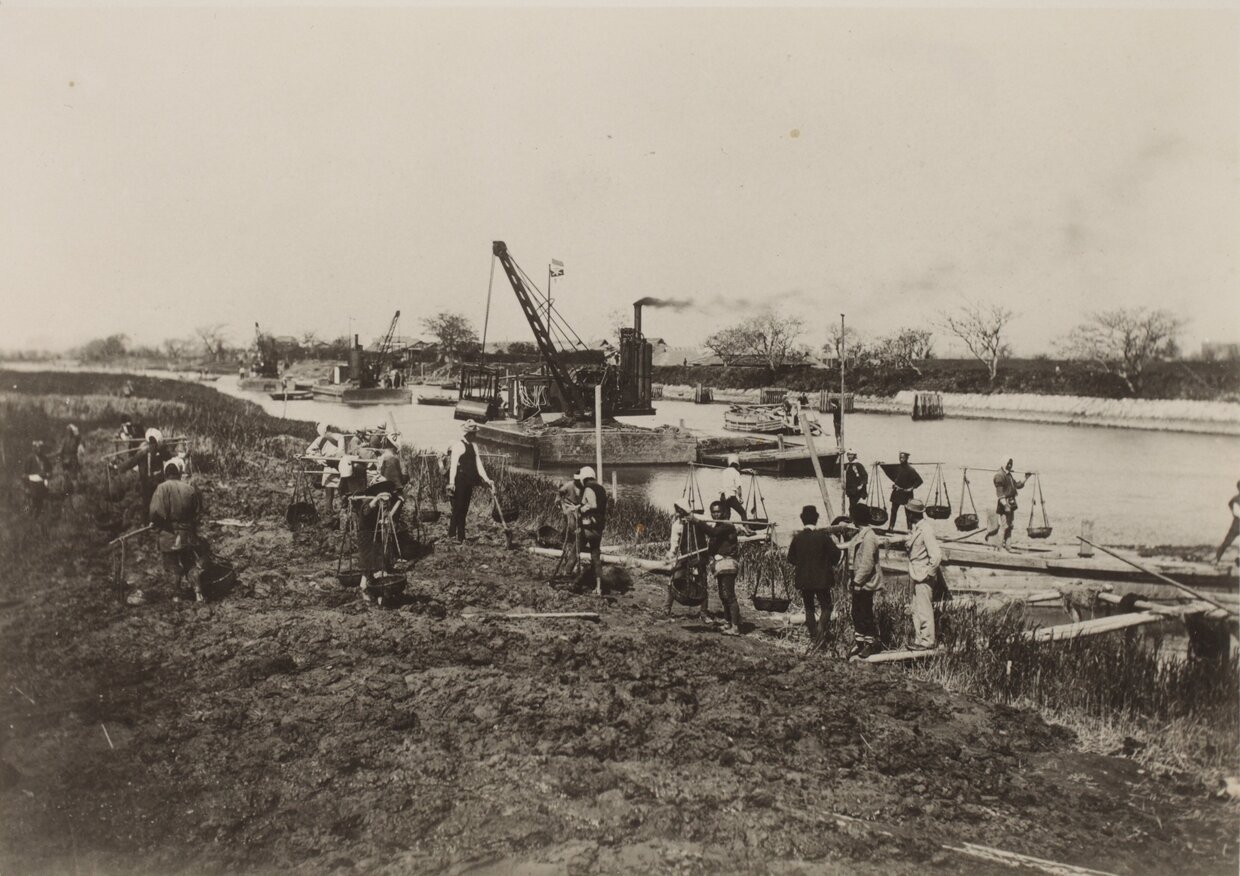
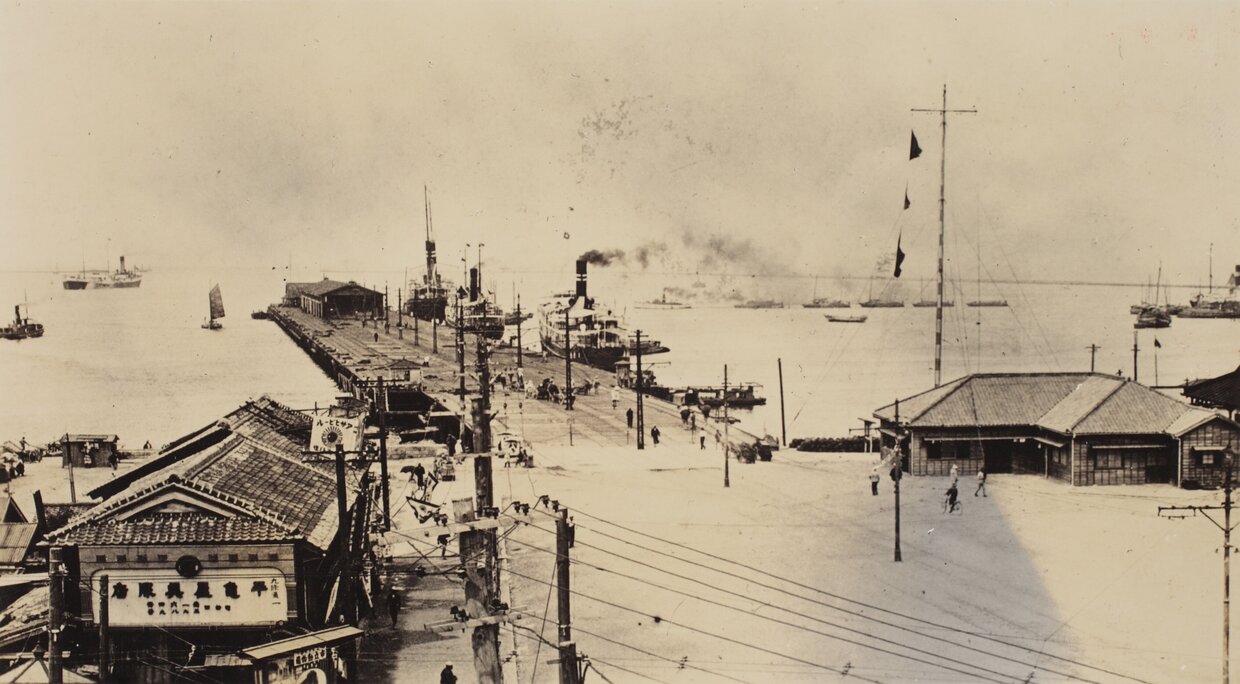
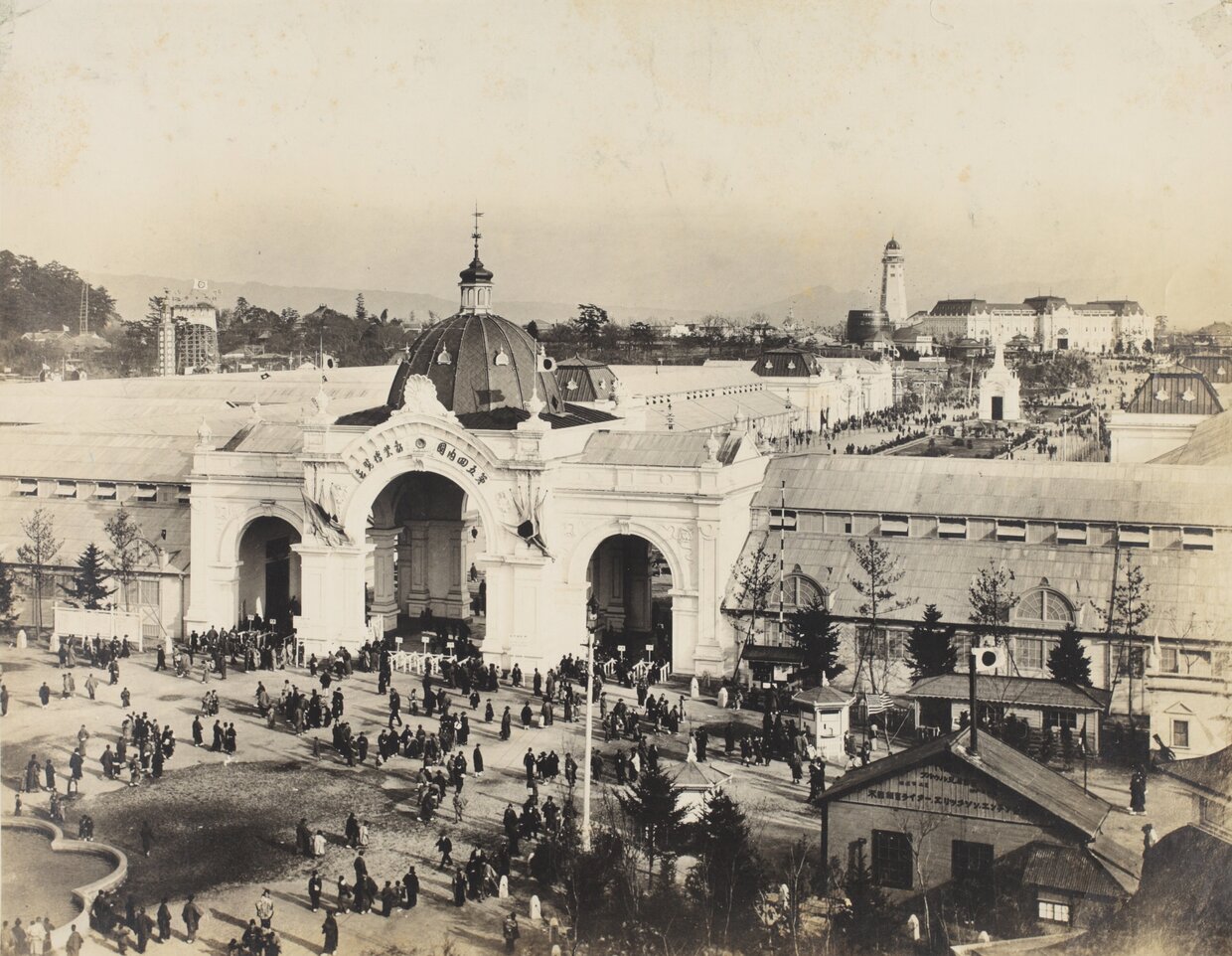
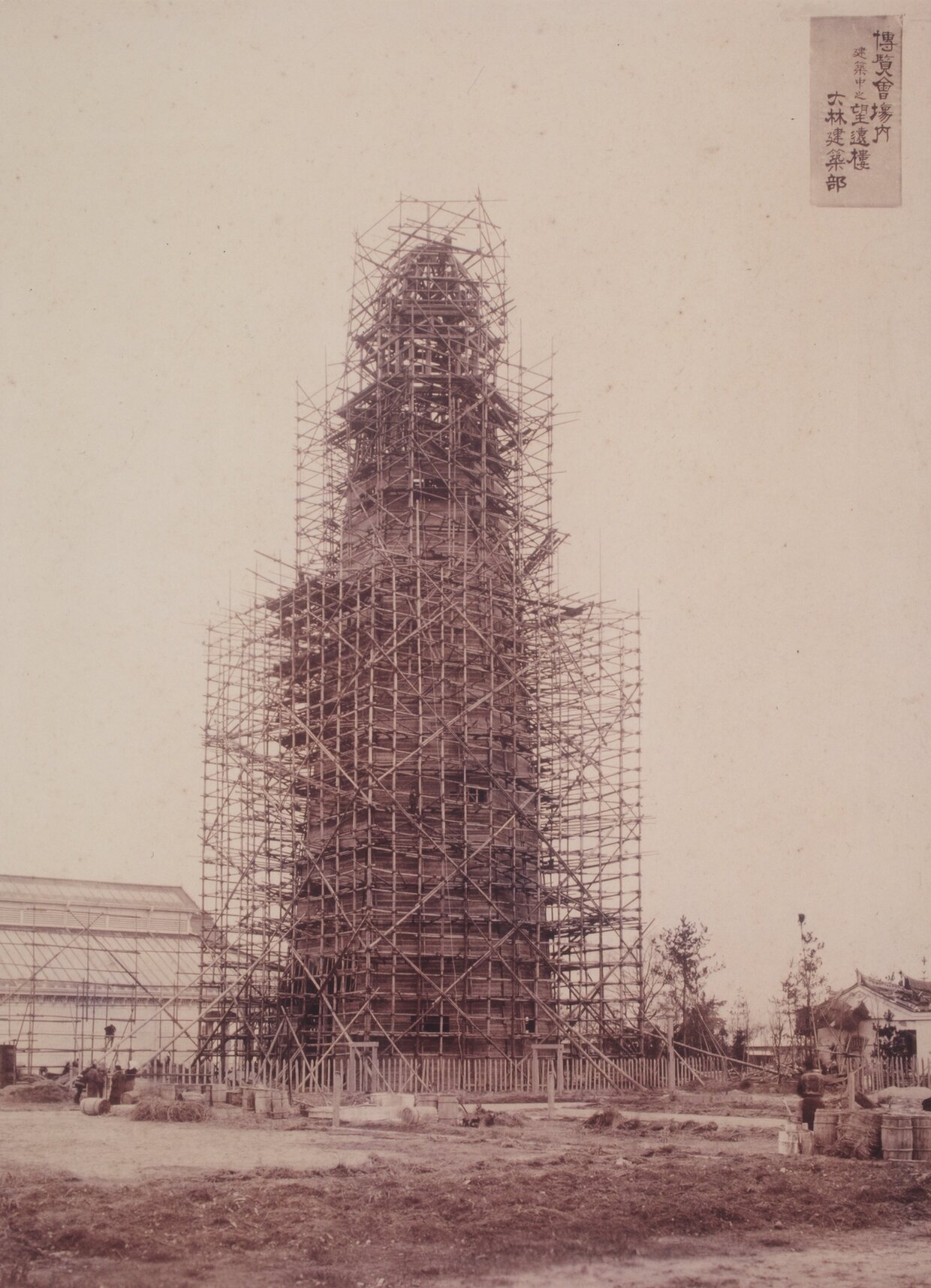
In February 1904, the company formally changed its name to Obayashi-gumi. In June of that year, the company took a major step forward by opening an office in Tokyo. In 1905, the company reconfigured its operations by moving its Head Office to Kitahama in Higashi Ward, Osaka (now Kitahama, Chuo Ward, Osaka), and opening a lumber mill in Sakaigawa, Nishi Ward, Osaka.
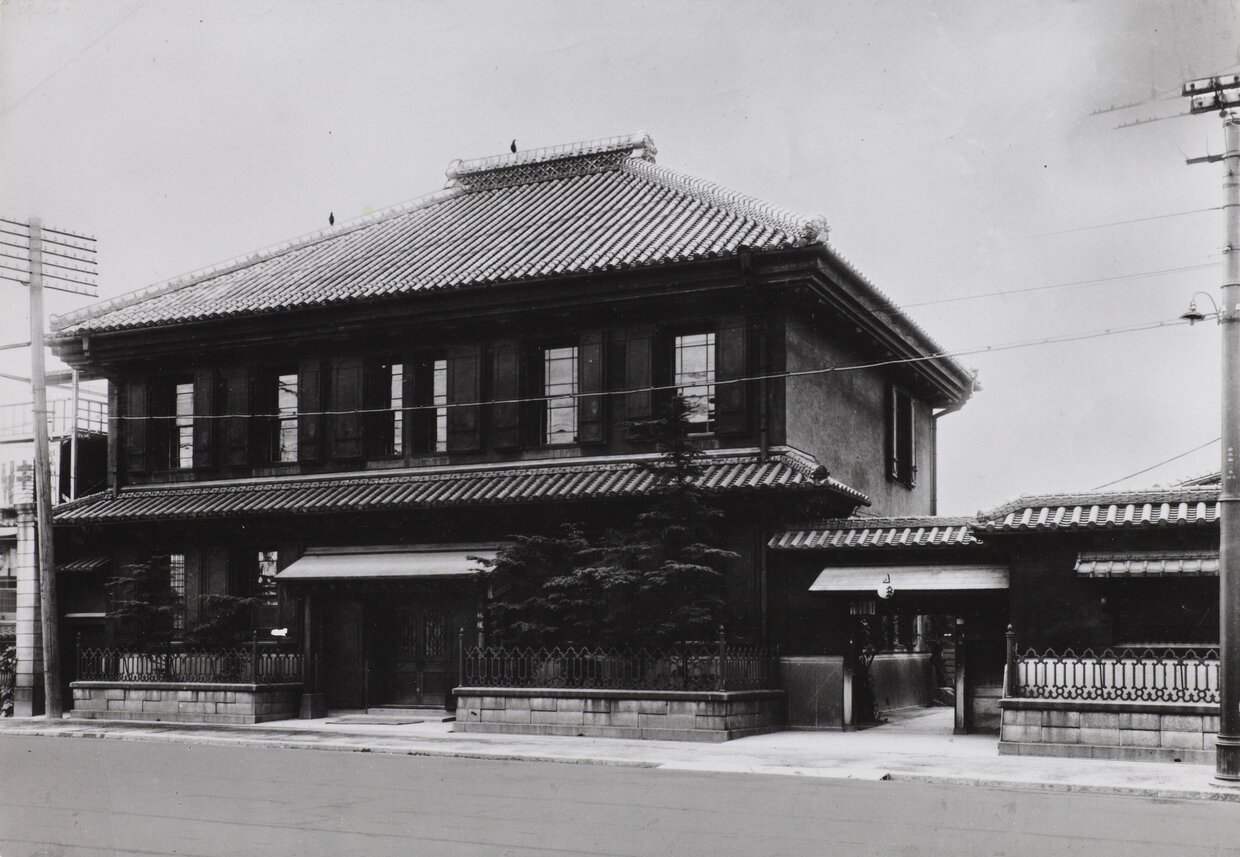
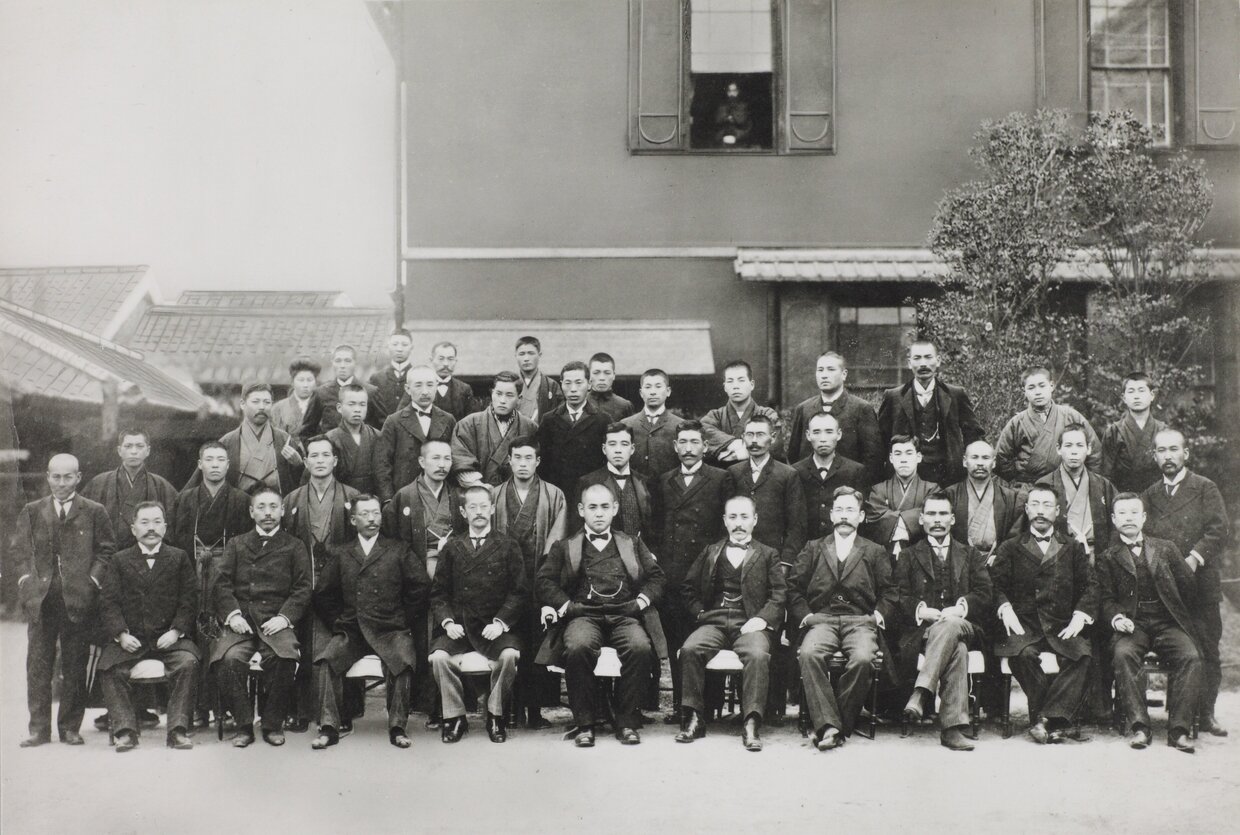
Yoshigoro (President): Fifth person from the left in the front row
An Era of Expansion: Obayashi-gumi Gains National Recognition at the Close of the Meiji Era
In a project that had been suspended due to the Russo-Japanese War (1904-1905), Obayashi-gumi was invited in 1908 to bid on the construction of Tokyo Central Station, as it was known when it was opened. The terminal was later renamed Tokyo Station. Designed by Kingo Tatsuno, a leading architect of the Meiji era, Tokyo Station is regarded as a masterpiece of late-Meiji architecture as well as for the advanced technology that was used in its construction.
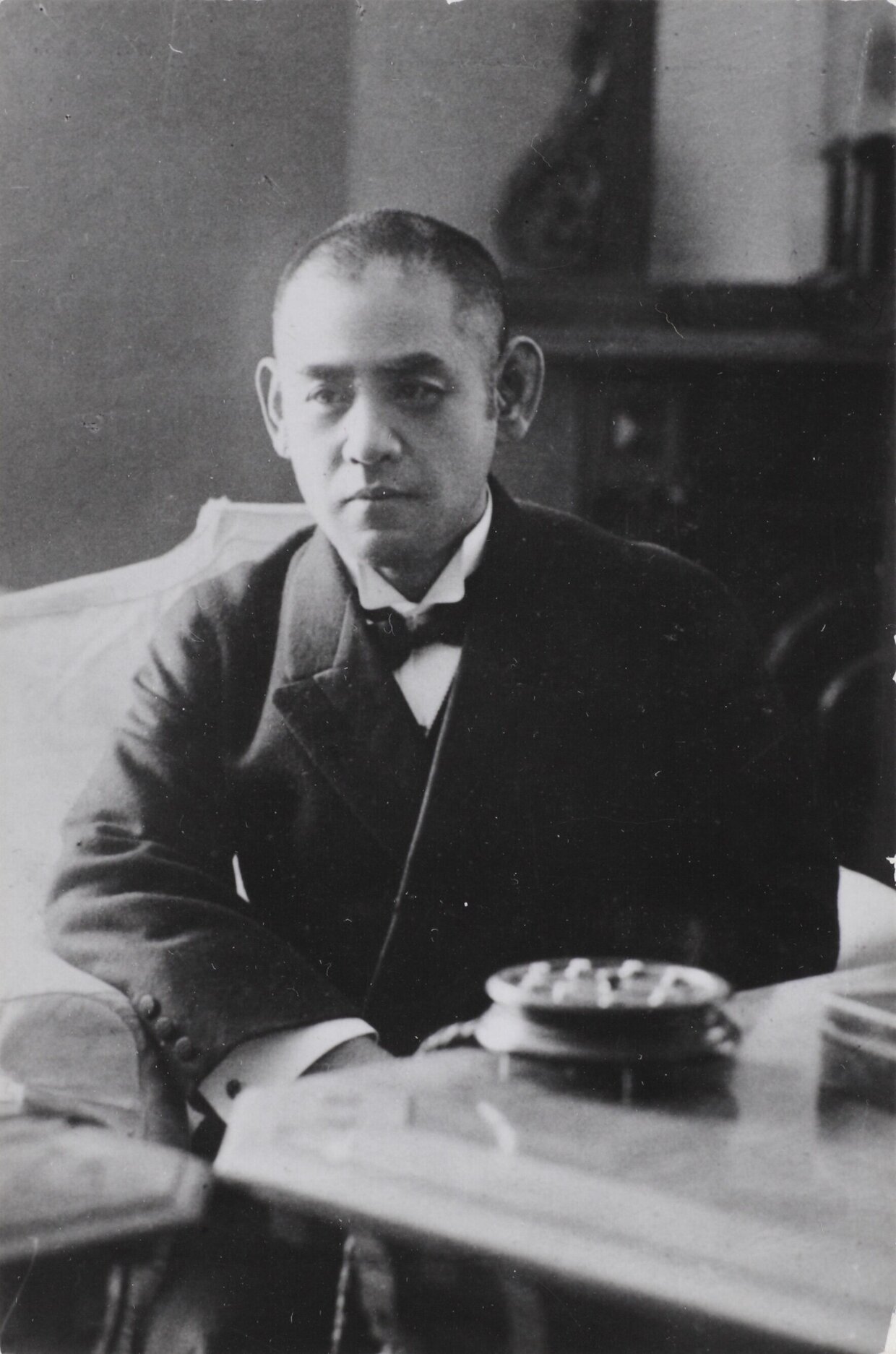
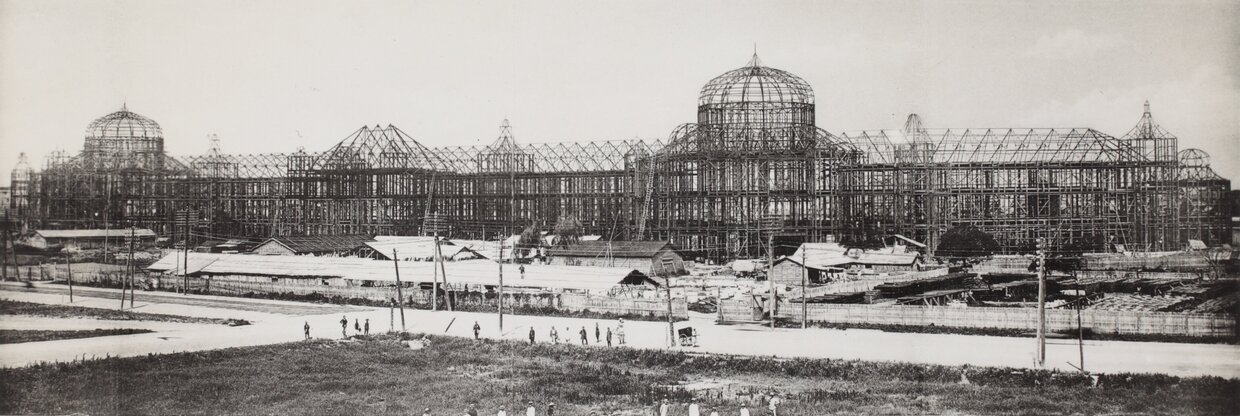
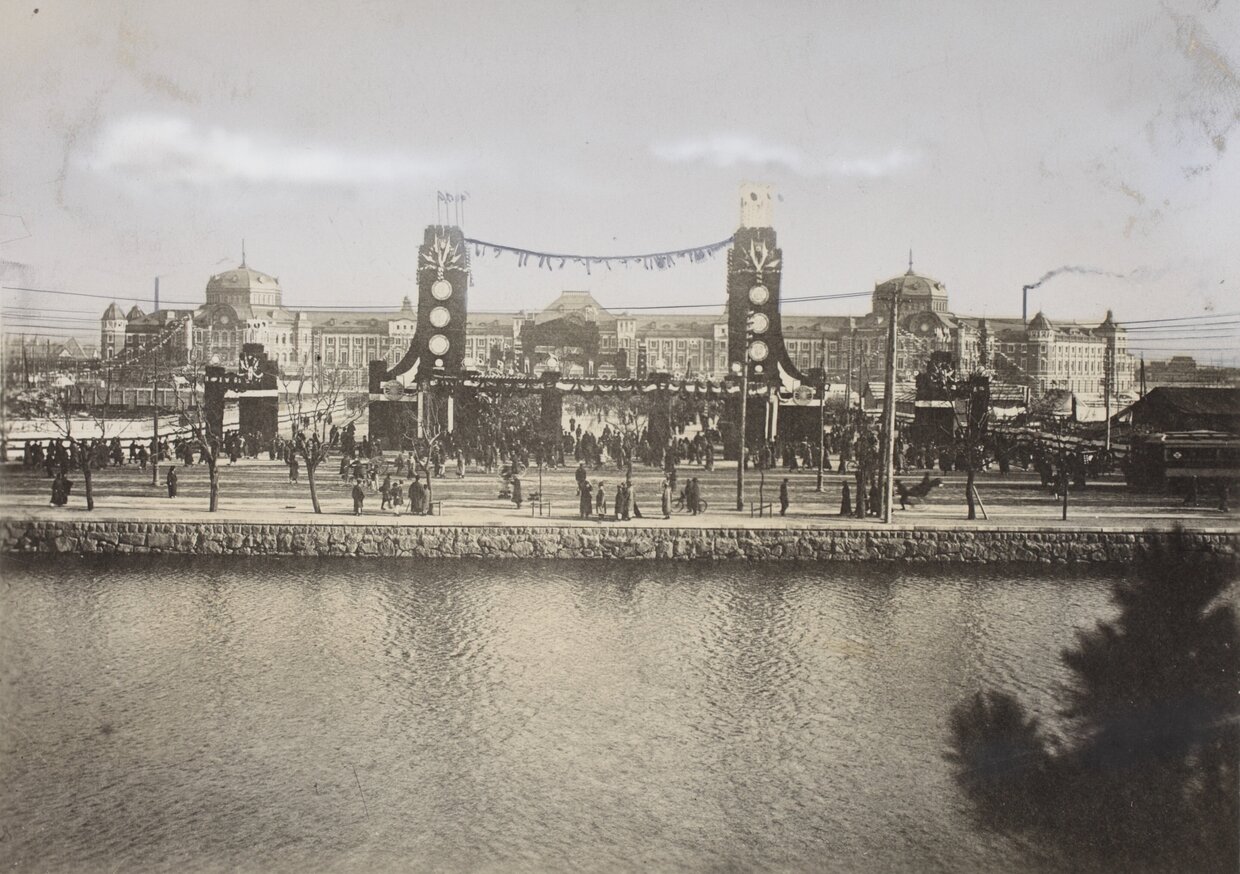
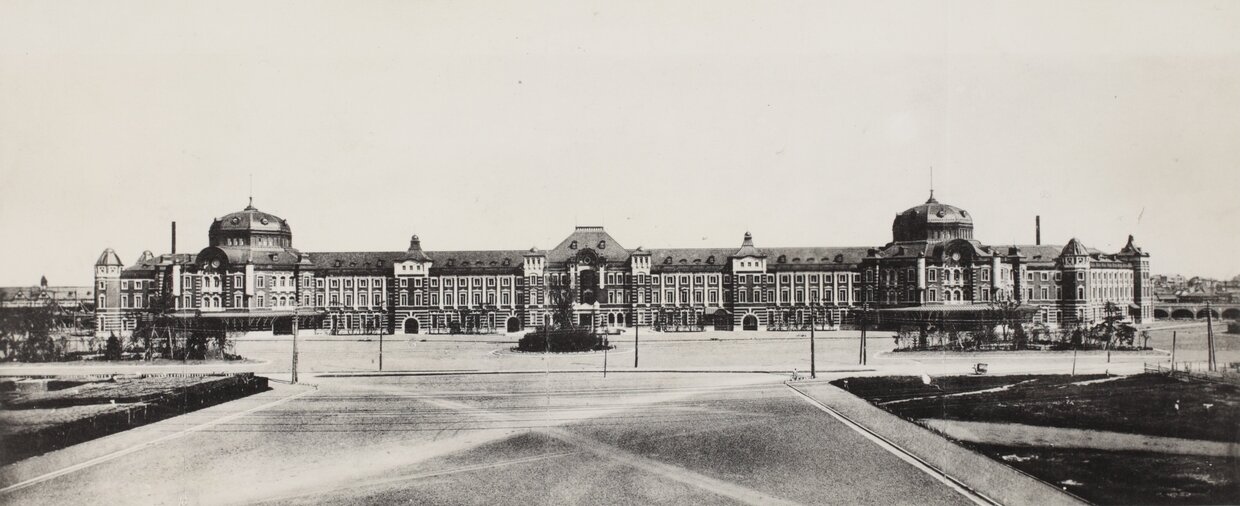
Tokyo Station quickly became a symbol of the nation’s capital, a fact that was all the more extraordinary given that Obayashi-gumi had until that point been considered an Osaka company. The project immediately catapulted the company into national prominence and led to a long series of projects in the Tokyo region. The Meiji Emperor died in July 1912, marking the end of an era. Obayashi-gumi was honored with the project of building the Momoyama Imperial Mausoleum in Fushimi, Kyoto, where the emperor was laid to rest.
In 1911, the same year that the company was commissioned to build Tokyo Central Station, Obayashi-gumi also signed a contract with Osaka Electric Railway Co. (now Kintetsu Railway Co., Ltd.) to construct a tunnel through the Ikoma mountain range which separates Osaka and Nara prefectures. This tunnel had a total length of 3,388 meters, making it the longest double-track tunnel in Japan at the time. The project presented enormous challenges to the engineers, including soft ground, spurting groundwater and, in 1913, a devastating cave-in. Nevertheless, the tunnel was completed in 1914 after three years of construction.
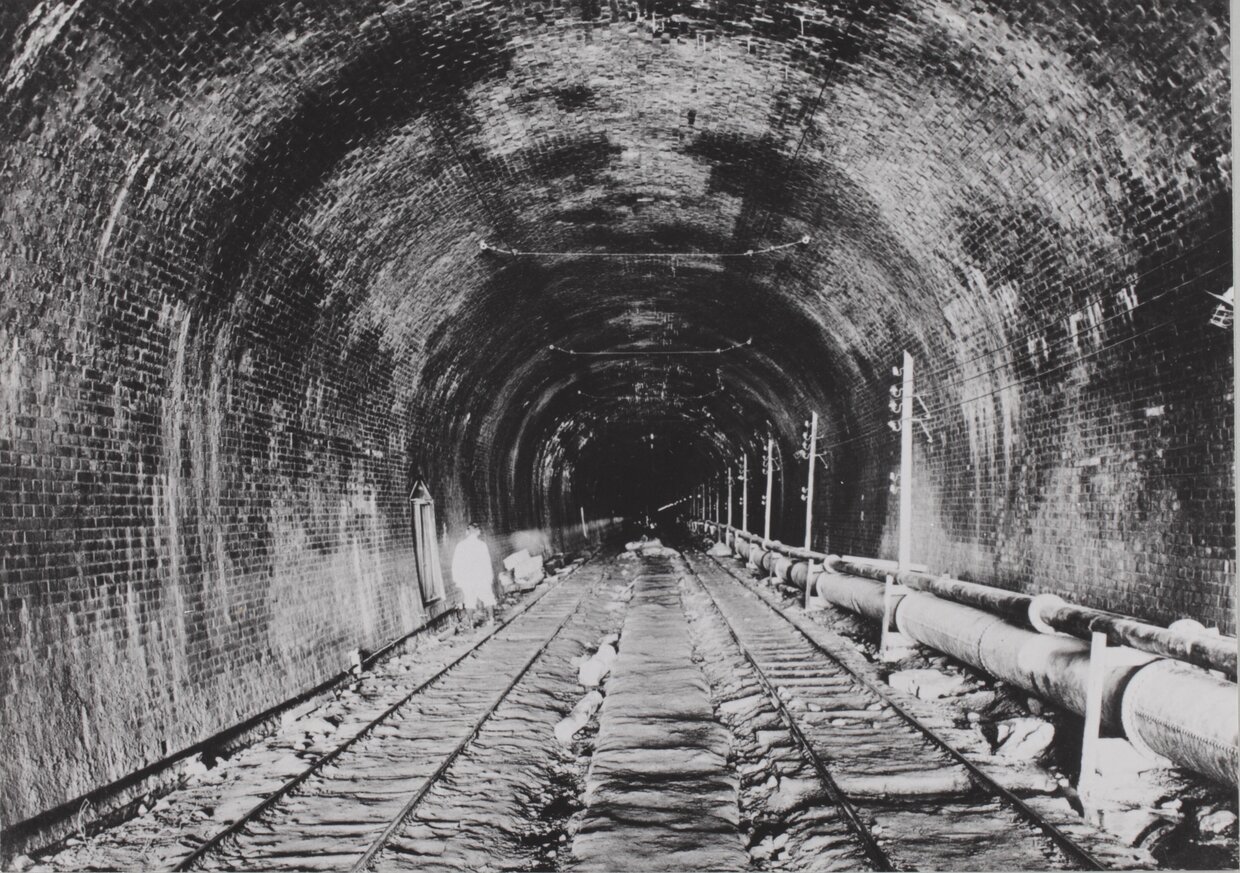
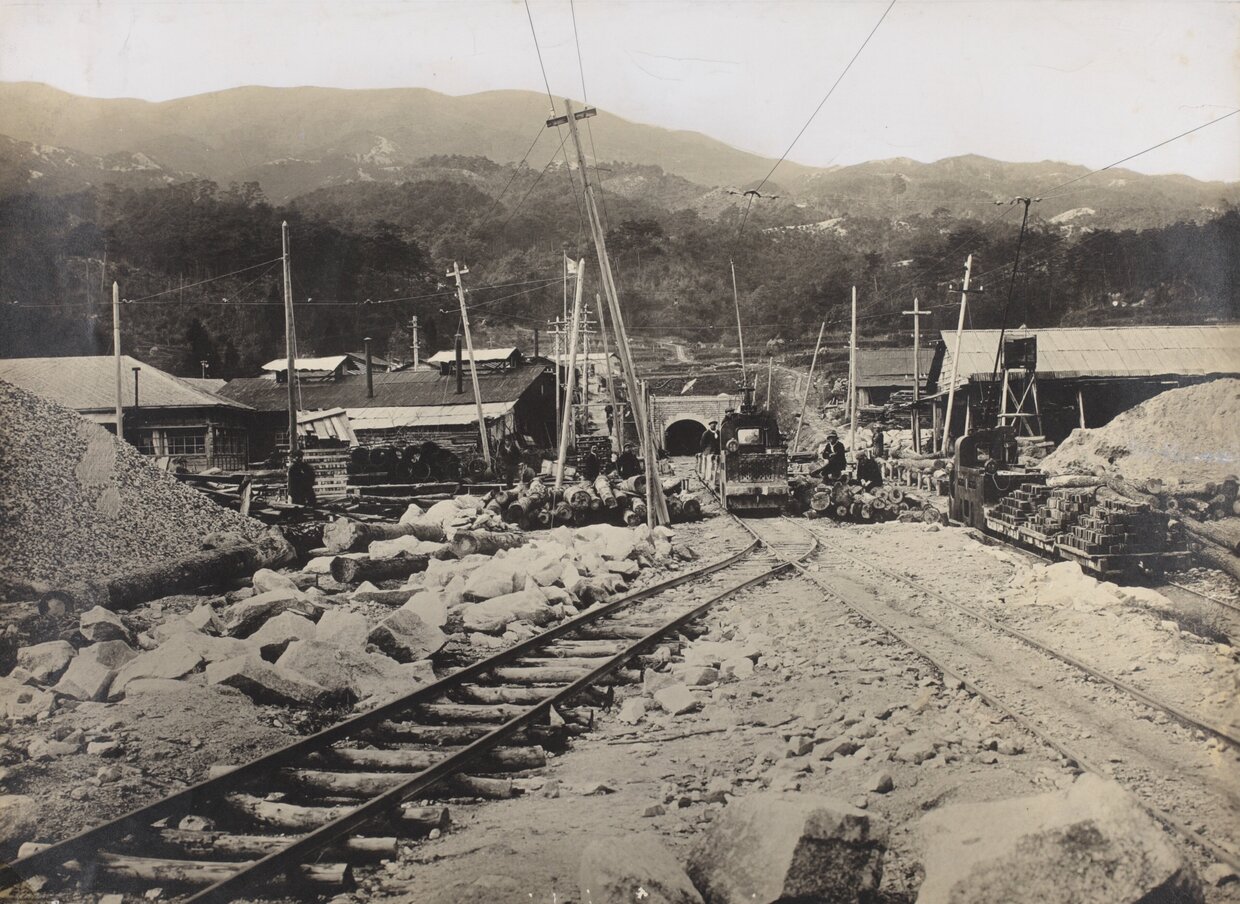
Yoshio Obayashi Brings the Company into the Modern Age
Founder Yoshigoro died at the age of 52 in January 1916. Yoshio Obayashi took the reins of the company as its second president. At the time, Yoshio was a 22-year-old student at Waseda University’s Faculty of Commerce. All the employees of Obayashi-gumi joined together to build on the momentum of the times to carry the company through the difficult transition marked by the passing of its founder. At the time, the company had more than 200 employees. With the goal of further modernization, Obayashi-gumi was incorporated as Obayashi Corporation in December 1918.
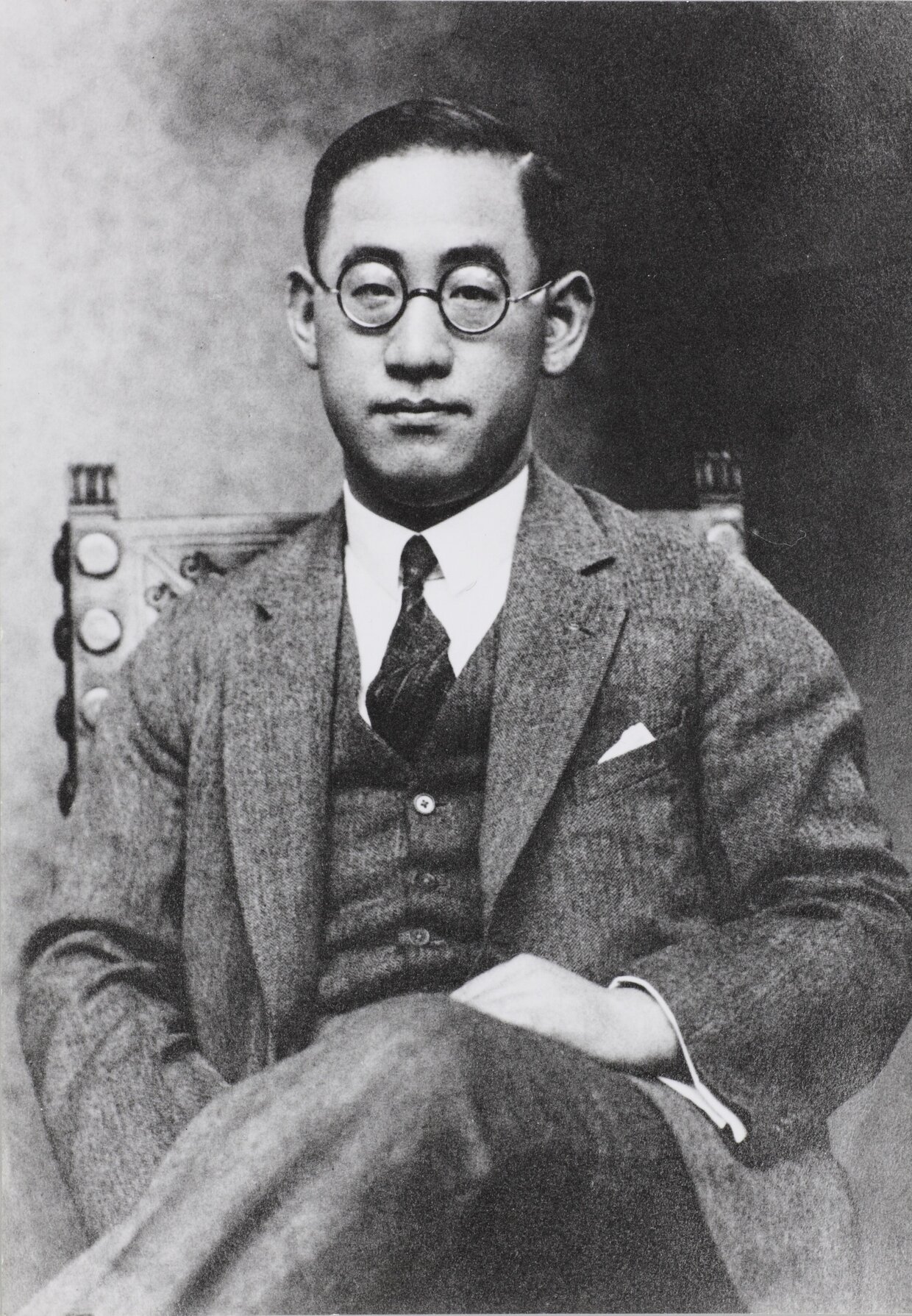
When the present company was established, it was organized into six departments: general affairs, accounting, construction, lumber, design, and sales. The creation of an in-house design department was a bold and innovative move for that time. The company also set up an employee stock ownership system, something that was extremely unusual—and forward-thinking—a century ago. The policies and structure of the
Rin-yu-kai, a group of Obayashi’s regular suppliers, were also established at around this time. Nearly each year, Obayashi executives and engineers traveled to Europe and the United States to observe and learn the latest construction techniques. Obayashi was one of the first of Japan’s construction companies to break away from the old ways of the industry to bring in new and more advanced ideas.
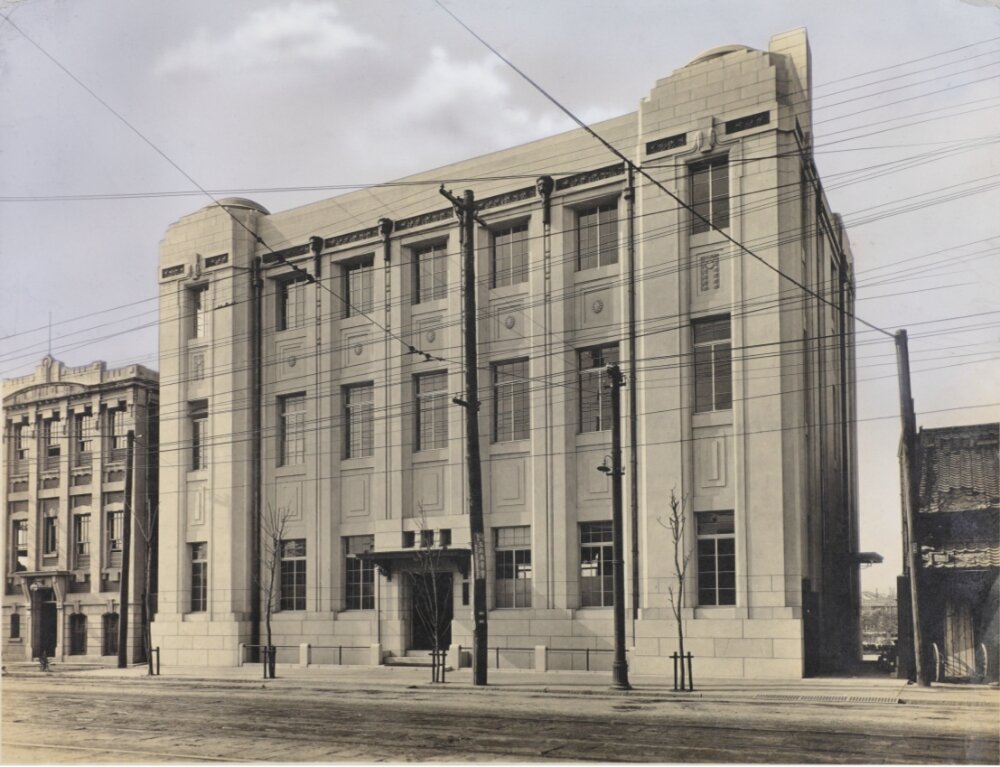
Rebuilding After the Devastation of the Great Kanto Earthquake
At around noon on Saturday, September 1, 1923, an earthquake of massive proportions struck central Japan, leaving the Tokyo-Yokohama capital region largely in ruins. While more than 80 percent of the brick buildings, which at the time were the main type of Western-style construction, were completely or partially destroyed, Obayashi’s work on Tokyo Station and other buildings was undamaged. The company was widely recognized for this success and, as a result, was entrusted with many restoration and reconstruction projects in the wake of the earthquake’s devastation. Of these projects, the reconstruction of the Marunouchi Building was the largest. This massive building had originally been built by a joint venture consisting of Mitsubishi Goshi Kaisha and the U.S. construction firm Fuller.
